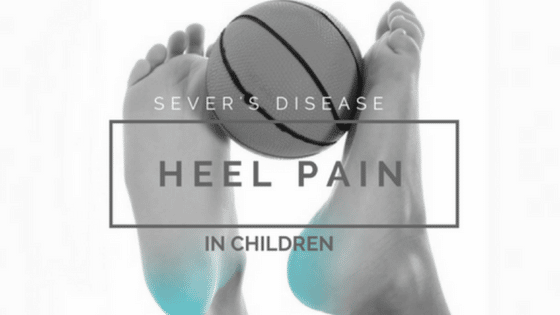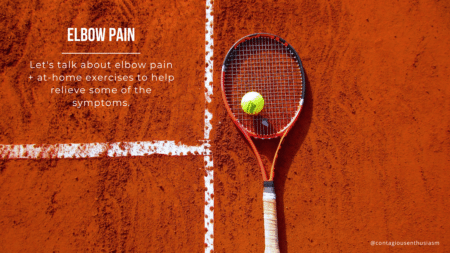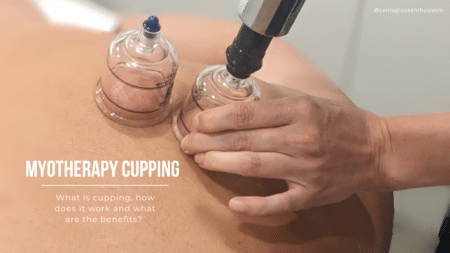Sever’s Disease

Heel pain in one of the most frequent complaints I see, as a sports podiatrist in the growing child. Although common heel pain can be very debilitating for a child and very stressful for a parent, especially if it is interfering with the child’s ability to participate in the sport or activity they love.
The typical child I see with heel pain is generally very active and involved in lots of sporting activities, so there is not time for heel pain to get in the way. Majority of these cases are diagnosed with Severs Disease, clinically referred to as Calcaneal Apophysitis which effect the growth plate at the back of the heel bone.
This article is designed to help you as a parent better understand what Sever’s Disease really is and what you can do to help make your child feel better.
What is Sever’s Disease?
Severs is an inflammatory condition of the heel bone growth plate. This growth plate at the back of the heel bone is soft and made of cartilage, it will not harden to bone until the child is around 14 years old, but can vary child to child. While the back of the heel is still soft it can be very prone to injury, this is mainly from the pulling force of the calf muscle (Achilles tendon) and plantar fascia which all insert into this growth plate.
Causes of Severs Disease (Heel Pain in Children):
- Tight calf muscles and plantar fascia.
- Excessively pronated feet (feet that “roll in” too far).
- Excessively high arched feet (feet that “roll out” too far).
Symptoms of Sever’s Disease (Heel Pain in Children):
- Complaining of pain directly after physical activity in the back of the heels (can effect one or both heels).
- Pain causes limping or hobbling directly after sport or physical activity which can last for a couple of hours.
- Localised warmth, redness and swelling may be present at the back of the heel.
Treatment for Severs Disease (Heel Pain in Children):
Severs Disease responds very well to treatment which includes a combination of:
- Ice therapy, activity review and / or modification.
- Anti-inflammatory pain relief if required.
- Review of training surfaces.
- Stretching exercises for the calf and plantar fascia.
- Temporary heel lift/ heel cushioning pads.
- Temporary strapping.
- Footwear or modification.
- Foot orthoses if abnormal foot function is causing excessive pulling on the heel bone growth plate.
- X-rays to ensure no serious problem such as a bone infection or bone tumour are overlooked and to see the integrity of the growth plate.
Before starting treatment it is important to get your child assessed by a podiatrist if they are experiencing any heel, foot or lower limb pain to ensure a correct diagnosis. All of the above treatment options can be provided by our sports podiatrist who is very experienced in this area of foot pain in children and can get them back to what they love doing, reducing your anxiety and stress as a parent.
By Monique Harding (Podiatrist)





